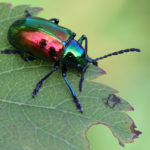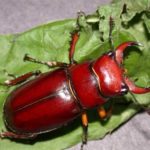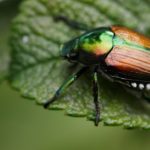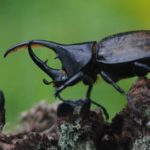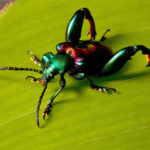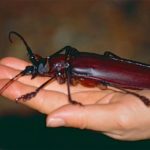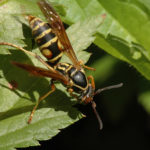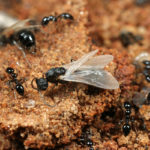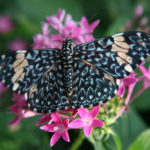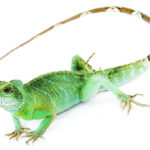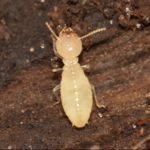30 interesting and fun facts about beetles
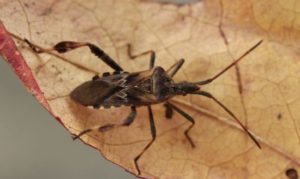 Absentmindedly watching the flight of another beetle, most people do not even think that these insects can be incredibly interesting. A huge number of different species live in different corners of the Earth, and they are so different from each other that it is sometimes difficult to believe that both of them belong to the same family. And some beetles do look like they came straight from another planet.
Absentmindedly watching the flight of another beetle, most people do not even think that these insects can be incredibly interesting. A huge number of different species live in different corners of the Earth, and they are so different from each other that it is sometimes difficult to believe that both of them belong to the same family. And some beetles do look like they came straight from another planet.
In most of their species, females and males are very noticeably very different from each other.
The stage of larvae in different species of beetles can take from several months to several years.
The Colorado potato beetle is a real scourge of the European part of Russia. Residents of the Far Eastern region are more fortunate – they do not have this pest.
Fireflies also belong to beetles. Moreover, in some of them only males can boast wings, but the females have wingless ones.
The body of the nutcracker is notable for its incredible strength. This insect moves in jumps, and at each of them experiences overloads that are 200-400 times higher than the norm.
Nature has created a variety of defense mechanisms for different beetles. Some of them, for example, pretend to be dead, while others sprinkle caustic fluid at the enemy.
Poisonous beetles are also found in nature. For example, such are found in South America. True, they are still not dangerous to humans.
The largest beetle in the world is almost 800 times larger than the smallest.
In Russia relict woodcutter beetles live, adult individuals of which can have a body length of more than 10-11 cm.
Swirling beetles that live in ponds spend most of their time on the surface, but in the event of a threat, they immediately dive under the water. They do not have lungs to hold on to the supply of oxygen, but the air they take with them directly on the body is enough for them to wait out the danger under water.
In Africa, there are large goliath beetles that can weigh up to 100 grams.
Some types of beetles can navigate the starry sky.
A dung beetle is capable of rolling balls of dung, which weigh more than he, 70-80 times, or even more.
Ladybeetle also belong to beetles, that is, to beetles. In total, about 5 thousand of their various species are known in the world.
Scarab beetles are the most powerful living creatures on our planet, when it comes to body size. Even ants are inferior to them in this parameter.
There are completely wingless beetles in the world, but most of them have two pairs of wings.
The longevity record belongs to the goldfish, which spent 47 years in the sleeping larva stage, and then woke up.
In some species of beetles, the larvae live in water, but after transformation into the adult phase, they move to land.
The life of all types of beetles has four phases – an egg, a larva, a chrysalis and an adult.
Ground beetles, widely distributed in Russia, are extremely aggressive, they can also bite on the finger. Moreover, even without being hungry, they often kill other insects that they are not even going to eat.
The vast majority of beetles around the world are neither herbivores nor predators – they are omnivores.
The larvae of many of their species live underground and feed on the roots of plants, and therefore are pests. For example, the larvae of May beetles actively eat potato tubers.
The black May beetle, about a hundred years ago accidentally falling from Japan to North America, has bred in monstrous new conditions in monstrous quantities.
For the title of the largest beetle in the world, the Hercules beetle and the titanium lumberjack are fighting. They live in the humid South American jungle.
These insects have no skeleton. This role is played by the outer chitinous shell.
Some species of beetles in the process of evolution have adapted to life next to people. These include those of them who eat, for example, wooden furniture or woolen clothes.
The science of coleoptera is called “coleopterology.”
Among all groups of living creatures that inhabit our planet, beetles are the largest.
New and new species open every year. In total, more than 392 thousand species of beetles are known to science now, and only about 3 thousand extinct species.
The length of the adult individual of the largest beetles can reach 17 cm, and the smallest – about 0.3 mm.
